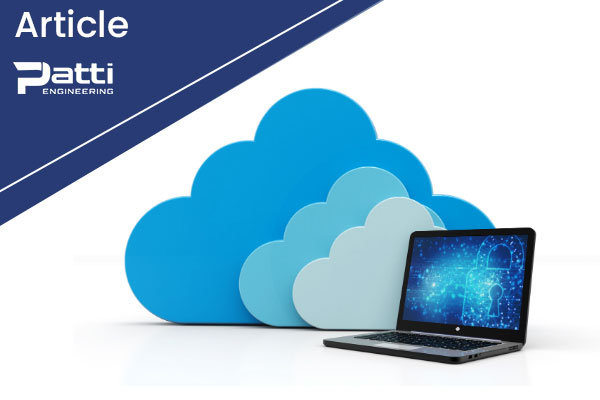Solving Obsolescence with a Virtual Machine
If you are running a facility using Phoenix Contact VLC, you know you are about to hit a big obsolescence obstacle: VLC is incompatible with anything past Windows 7, and Microsoft will stop supporting Windows 7 in January 2020. So what do you do if your facility runs on VLC – but you’re not in a position to completely reprogram your facility?




